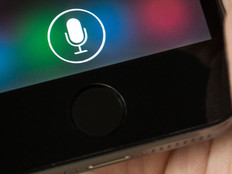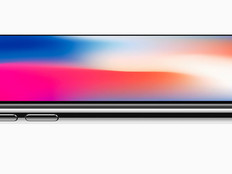Mobile Devices Top Other Methods for Watching Online Video
Tablets and smartphones continue to outpace other consumer electronic devices as the preferred mode for watching online video, according to a new report by ABI Research — this despite the growth in the delivery of online video over such platforms as Google’s Chromecast and Sony and Microsoft gaming consoles.
According to ABI, more than 20 percent of all online video viewing last year took place on mobile devices. It expects this figure to more than double over the next five years. On average, users spent 12.7 hours per month, per person watching online video in 2013. By 2019, ABI predicts that number will nearly double, to 21 hours per month.
All this talk about tablets, smartphones and consoles doesn’t mean that computers no longer provide an outlet for people’s online viewing habits. In fact, they are still the primary mode of online video watching during work hours — something to keep in mind when company networks appear to lag at lunch — whereas tablets get the majority of eye-share in the evening.
End of day is also a popular time for watching video over connected consumer electronic devices such as gaming consoles and platforms such as Apple TV, Chromecast and Roku. ABI Research notes that these types of streaming devices are taking eyeballs away from traditional TV broadcasts and DVRs during what used to be known in the television industry as family hour.
Along with time of day, video content helps determine what type of device people use to watch online video. “Short-form video, for instance, is quickly becoming the domain of mobile devices,” explains ABI’s Sam Rosen, research practice director for TV and video. “For connected consumer electronics, it’s less about failing to compete with mobile than it is a reflection of consumers’ lifestyles and how that dictates which devices are used and when.”
Mobile viewing also generates more touch points for online video in the home, adds ABI Senior Analyst Michael Inouye, “which can greatly increase the number of content plays per household — be it multiple household members each watching on mobile screens or multitasking while sitting in front of the TV.”
And, as more and more pay TV services extend their reach by becoming available through multiscreen services, expect this additional content to increase the attractiveness of smartphones and tablets as a means for viewing even more.
Interestingly, a survey last year by digital entertainment service provider Rovi found notable distinctions in how people watch video using smartphones and tablets. Users tend to watch longer content, such as feature-length movies, on tablets, and are more likely to use smartphones to view user-generated content and music videos.








